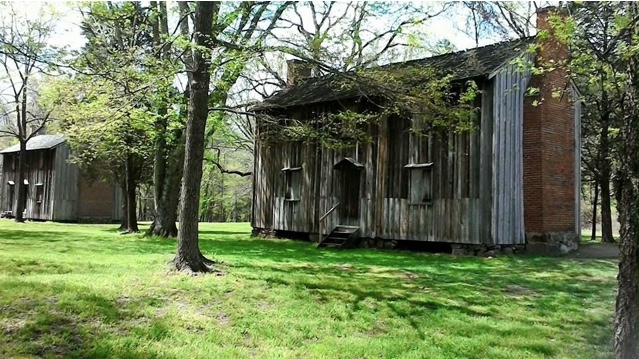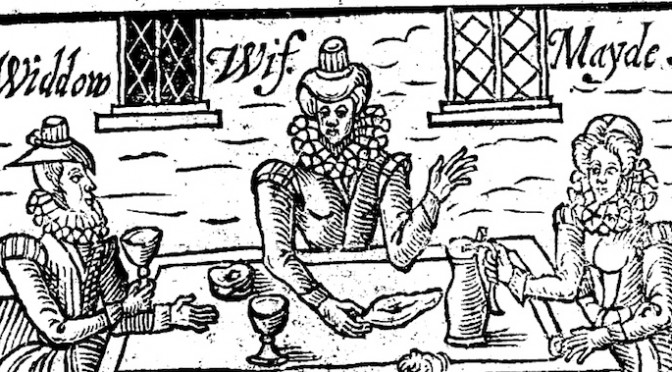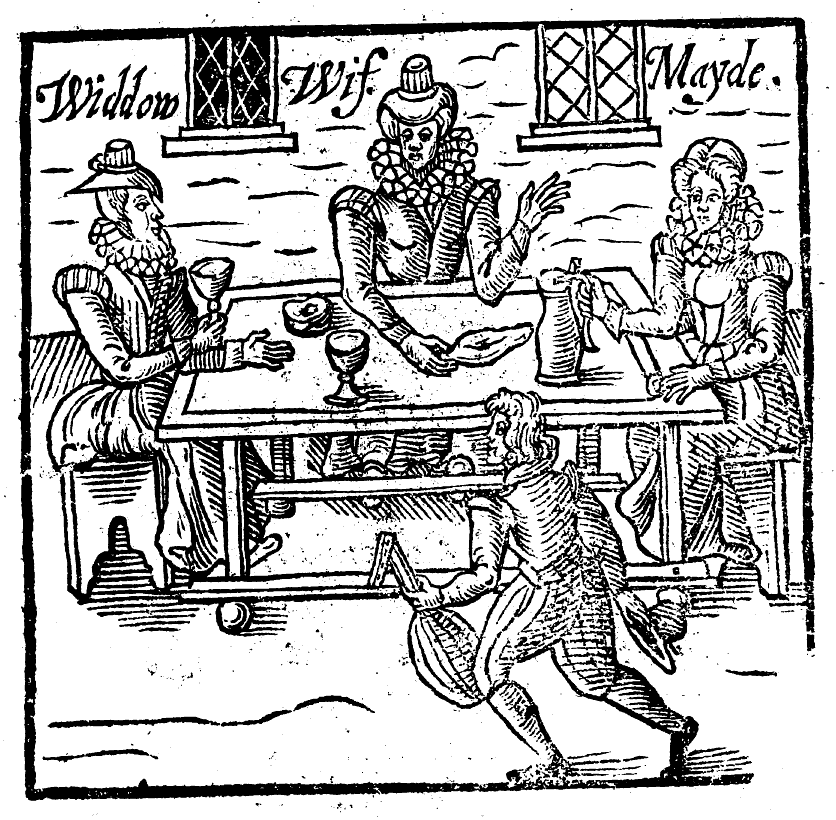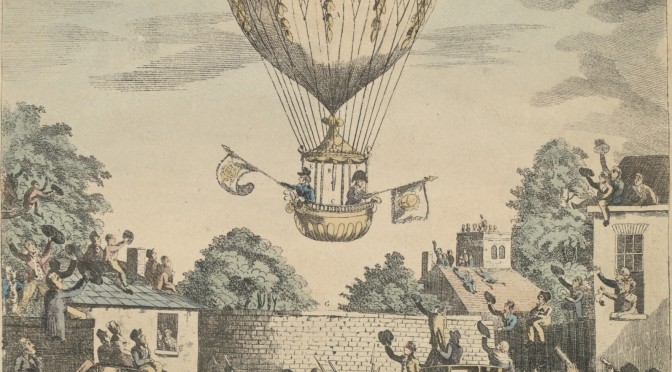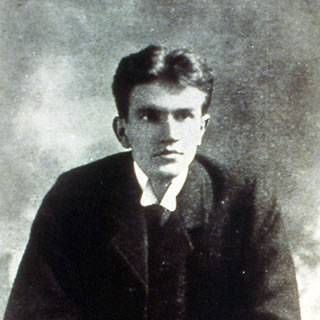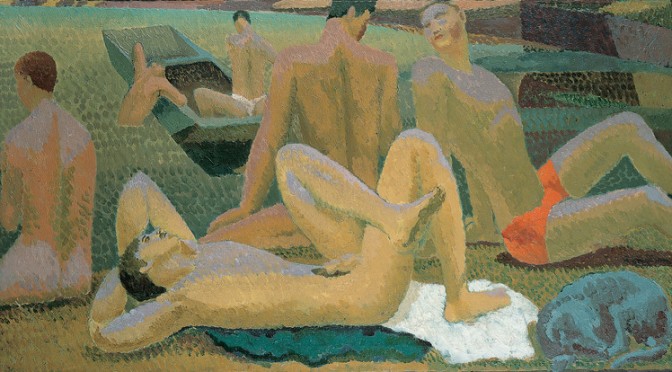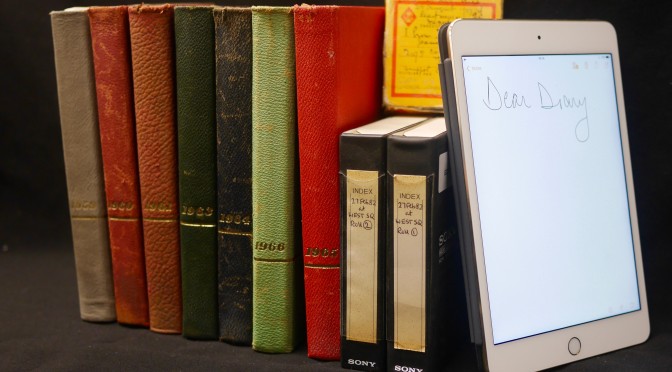by Amy Murat and Charlotte Taylor-Suppe
In a time of Trump, Brexit and increasing separatist ideology, we three intrepid King’s travellers – Dr Emrys Jones, Charlotte and I -crossed the pond. And not without incident in the shape of an unexpected night stranded in NYC. Somewhat weary and dishevelled, we finally met with our partners from the University of North Carolina in a communal spirit of defiance. Our mission was twofold: firstly to foster collaboration between our two institutions strengthening a long tradition of friendship; secondly, to take part in a wide range of research activities, including a renowned conference run by the British Women Writers Association (BWWA), which UNC were hosting this year.
The conference theme of ‘Generations’ struck me as particularly apt for our trip. Not only did it reflect the historic and continued links between our two universities and nations, but also the sense of boundless generative creativity amongst different peoples across both time and place…
The conference saw a host of different cohorts of researchers coming together from various fields, and this same diversity was reflected in the historic lives of the many women writers under discussion. We heard some wonderful keynotes, including a talk from Andrew Stauffer on flowers and Victorian female reader reception as well as a fascinating joint speech from leading Elizabeth Barrett Browning scholars Marjorie Stone and Beverly Taylor on the “collaborative energies” of women writers.

